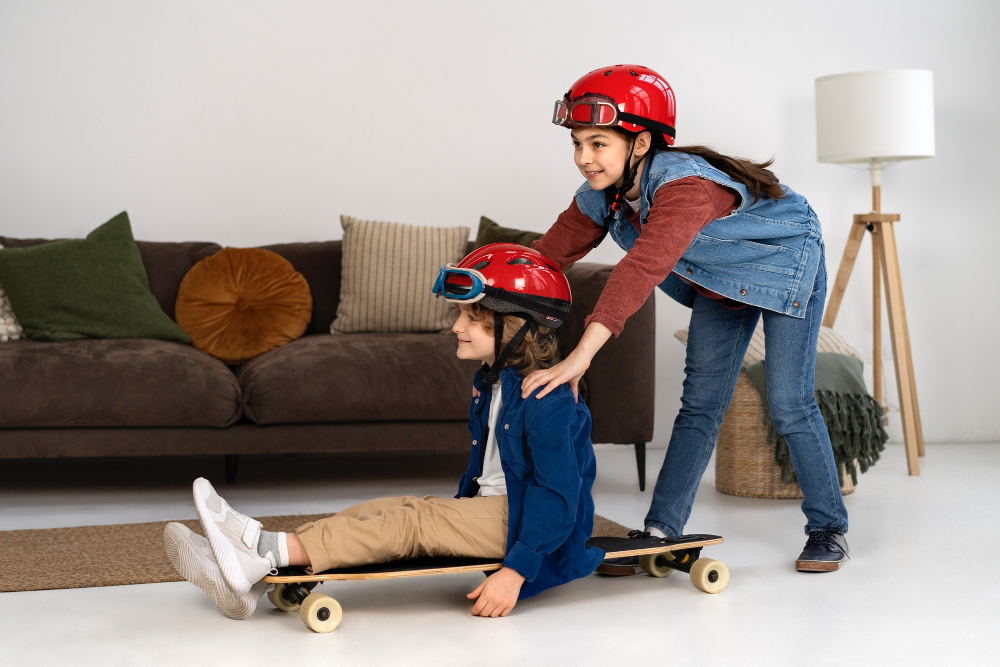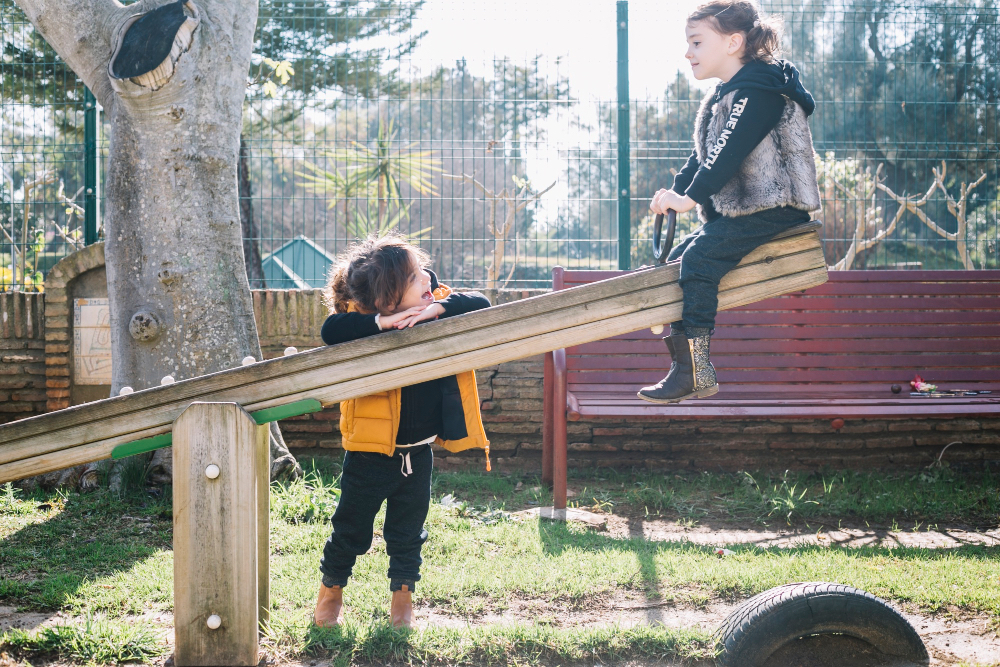A minimalist play space might seem counterintuitive in a world filled with flashy toys and gadgets, but simplicity offers surprising benefits for children. By reducing clutter and focusing on quality over quantity, minimalist play spaces create an environment that fosters creativity, focus, and emotional well-being. In this article, we’ll explore the many reasons why a minimalist play space is beneficial for kids and how to design one that supports healthy development.
1. Encourages Creativity in a Minimalist Play Space
Fewer toys and distractions mean kids can focus more on imaginative play, using the resources around them to create their own fun.
- Open-Ended Toys: Minimalist spaces prioritize toys that encourage creative thinking, such as building blocks, art supplies, or dolls.
- Unstructured Play: With fewer options, children are more likely to invent games and explore their surroundings, fostering creativity.
2. Improved Focus with a Minimalist Play Space
A clutter-free environment helps kids concentrate better during play and reduces feelings of overwhelm.
- Clear Play Areas: A minimalist space keeps toys organized, making it easier for kids to engage fully with one activity at a time.
- Reduced Overstimulation: Removing excess toys and decorations limits sensory overload, which can distract children from meaningful play.
3. Emotional Benefits of a Minimalist Play Space
A calm, organized play space can help kids feel more relaxed and in control of their environment.
- Sense of Calm: Simple, tidy spaces create a soothing atmosphere that reduces stress and frustration.
- Easier Cleanup: Minimalist play spaces make cleanup quick and manageable, fostering a sense of responsibility and accomplishment.
4. Fosters Appreciation and Gratitude
With fewer toys, children learn to value what they have and develop a deeper appreciation for their belongings.
- Quality Over Quantity: Minimalist spaces focus on well-made, durable toys that bring lasting joy.
- Gratitude Through Simplicity: When toys aren’t replaced frequently, children are more likely to cherish and care for them.
5. Reduces Parental Stress
Minimalist play spaces benefit not only kids but also parents, who often feel the pressure of managing clutter.
- Easier Maintenance: Fewer toys mean less mess and a more organized home.
- Mindful Purchases: Minimalism encourages intentional buying, saving money and reducing decision fatigue.
How to Create a Minimalist Play Space
Designing a minimalist play space doesn’t mean throwing away all your child’s toys—it’s about creating an intentional and functional environment.
- Declutter Regularly: Sort through toys with your child, keeping only those they truly enjoy or use.
- Organize by Category: Use bins or shelves to store toys by type, making them easier to access and put away.
- Prioritize Open Space: Leave plenty of room for active play and movement, avoiding overloading the space with furniture or toys.
Conclusion:
A minimalist play space is more than just an aesthetic choice—it’s a way to create a supportive environment that nurtures your child’s creativity, focus, and emotional well-being. By simplifying their surroundings, you allow them to explore, learn, and grow in meaningful ways. Whether you’re starting small or embracing minimalism fully, the benefits of a minimalist play space extend to the entire family.



